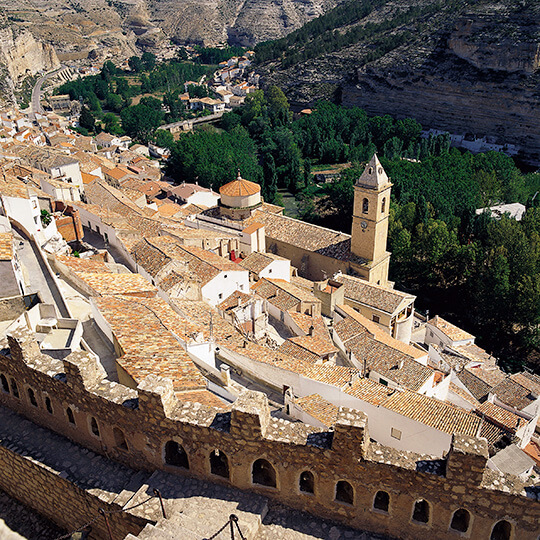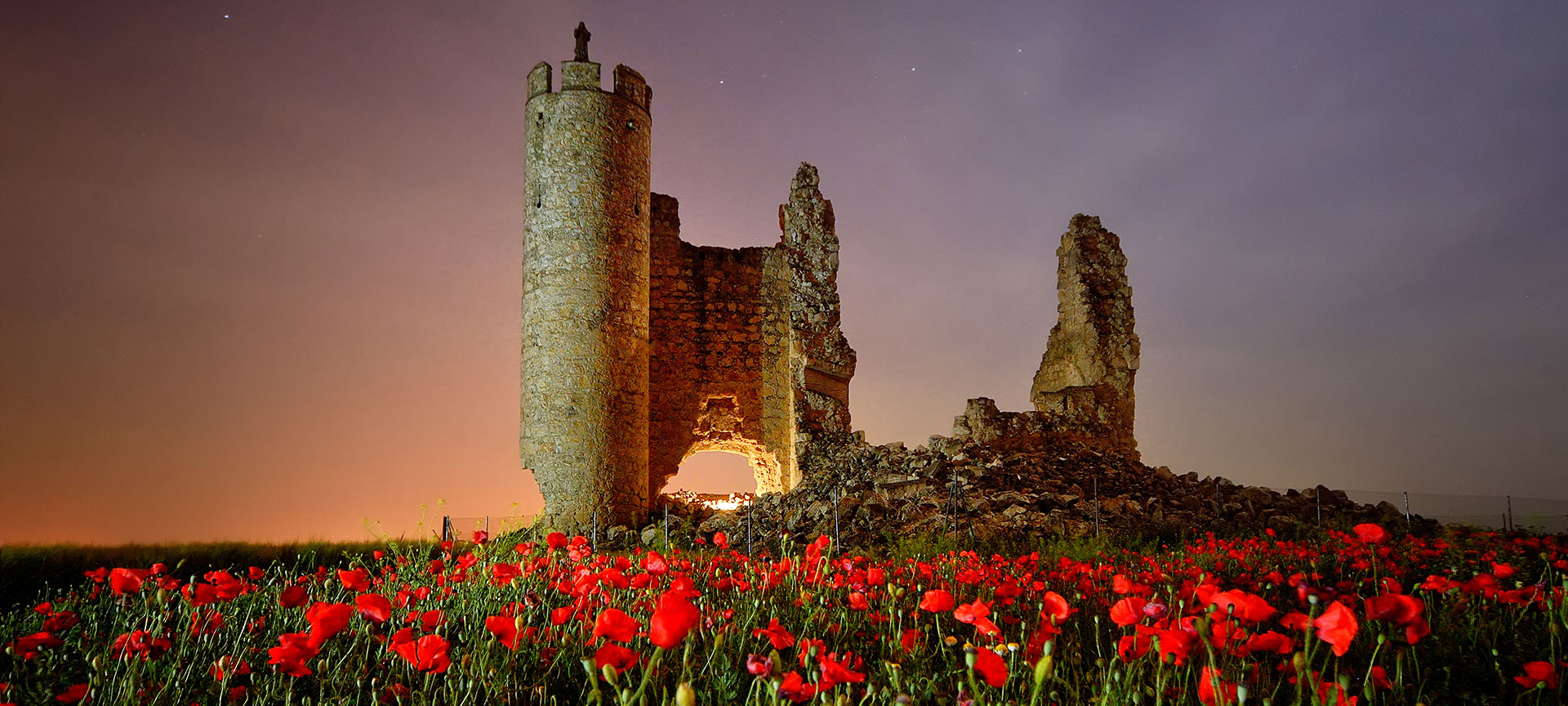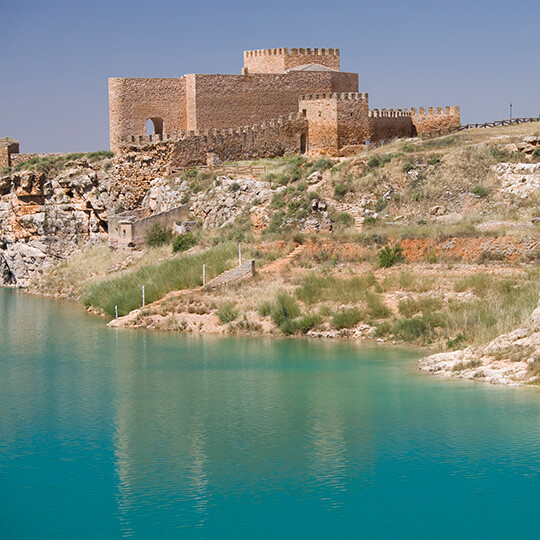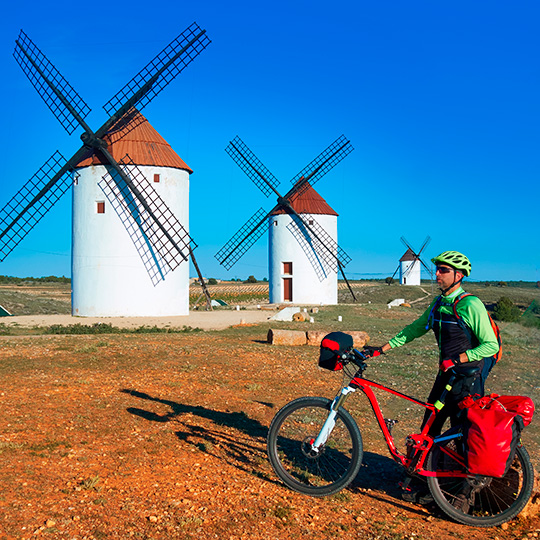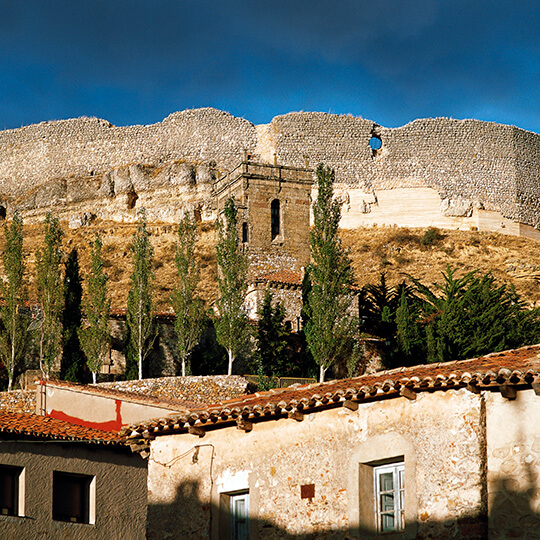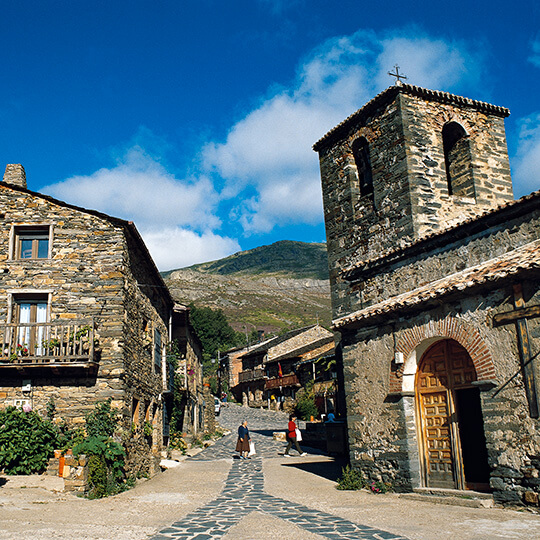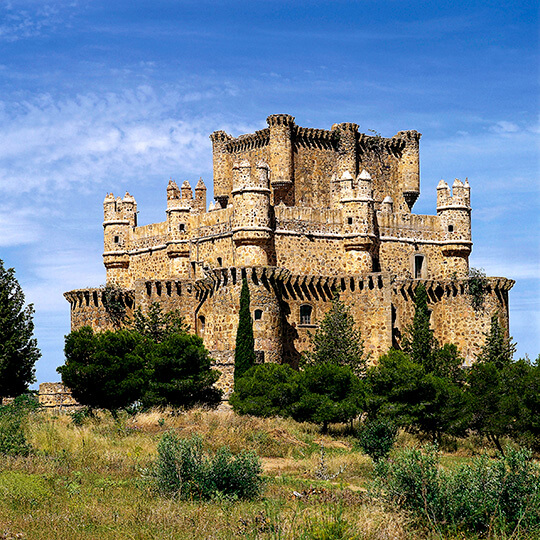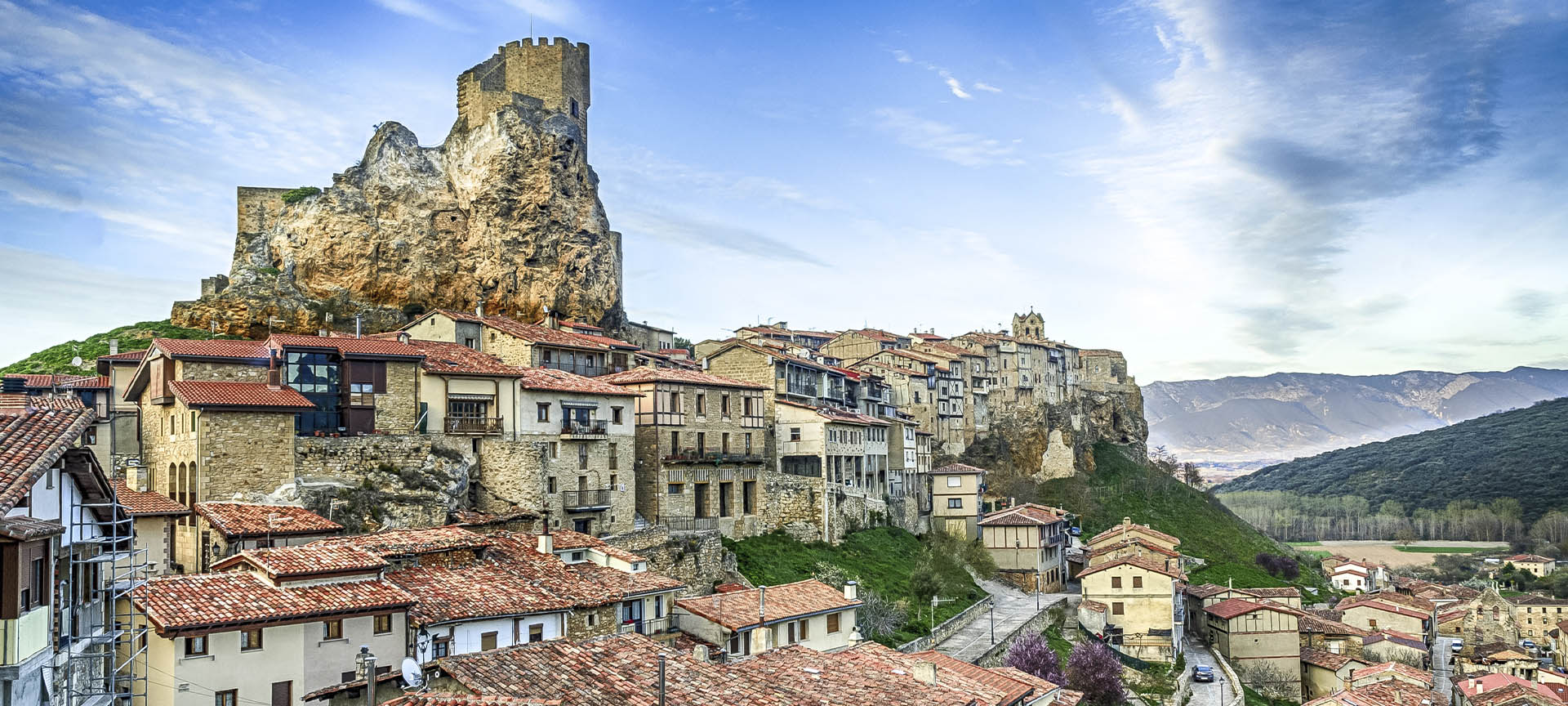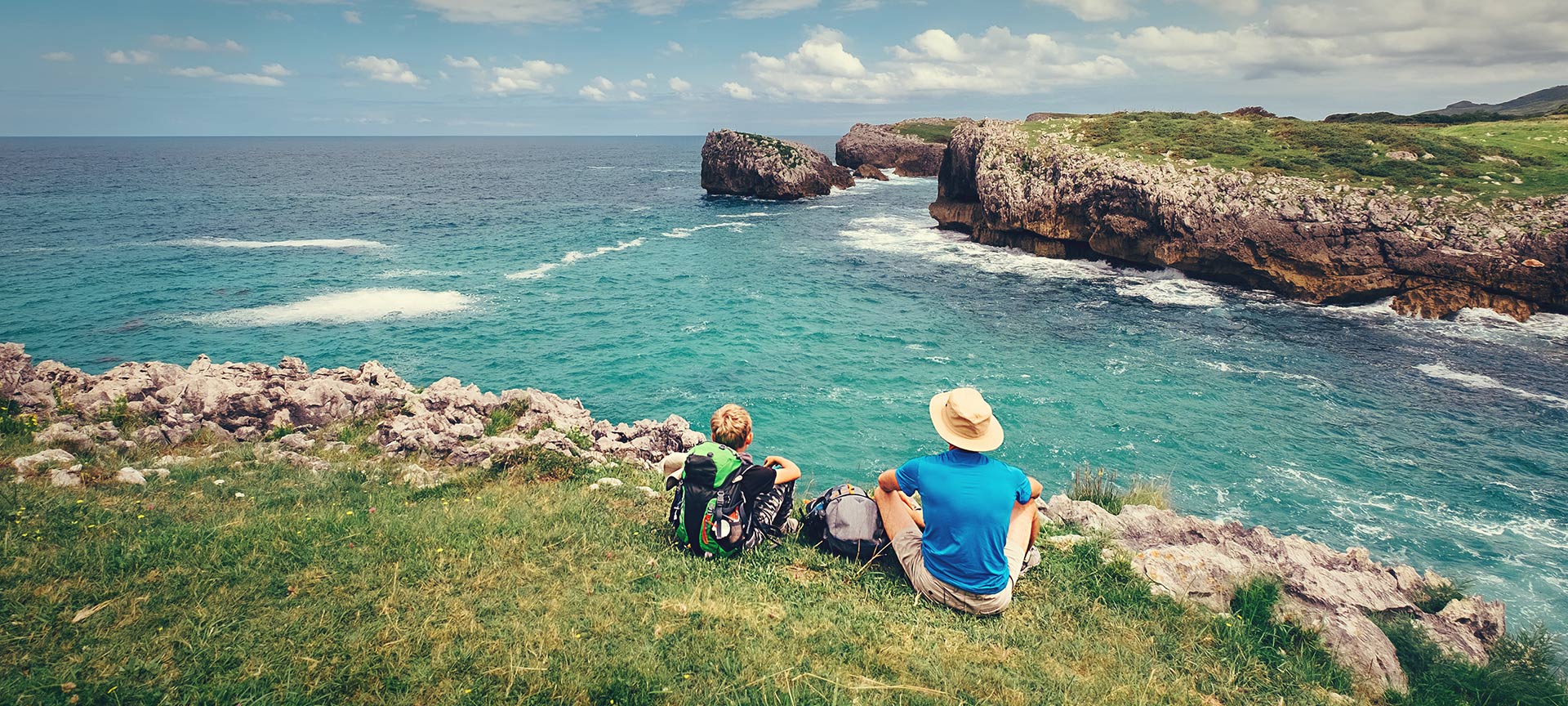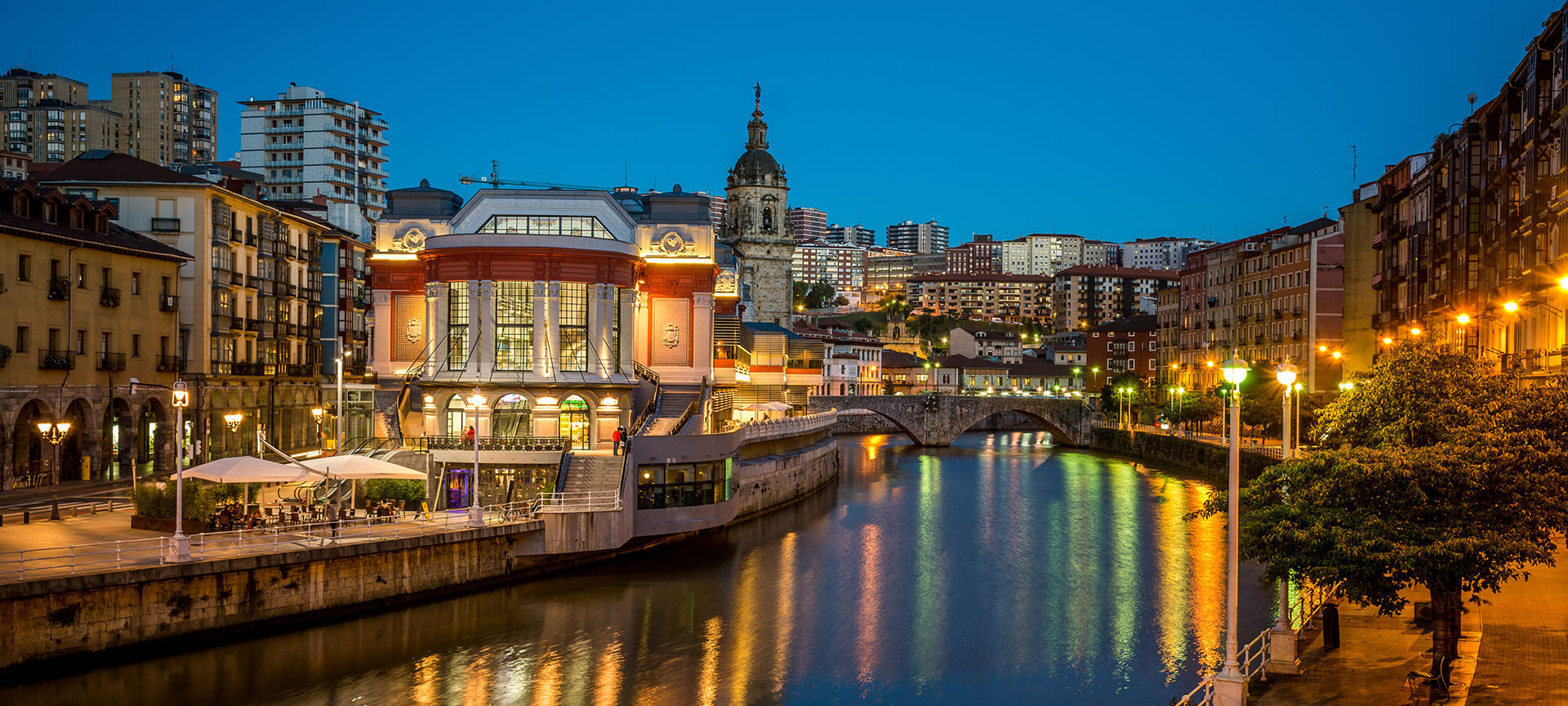Albacete and its riverside villages
Let’s explore one of the most characteristic rural landscapes of the area, made up of large river gorges. For example, two beautiful villages overlooking the river Júcar, in the north of Albacete: Alcalá del Júcar and Jorquera. Many people are surprised they could be built at all in this challenging location. They are about 55 kilometres from the city of Albacete (which has high-speed train connections to Madrid and Valencia).The Roman bridge of Alcalá del Júcar leads to a historic town centre which seems to cling to the cliff (there are even cave dwellings in the rock itself). Meanwhile, Jorquera spreads over a meander of the river like part of the landscape, and its watchtower almost seems to blend with the rock. The view from above or from the other side of the river is striking.We find similar landscapes in the south of Albacete, on the gorges of the river Mundo, with Liétor (about 60 kilometres from Albacete). From a distance, the village looks like a natural outcrop on the mountaintop.
